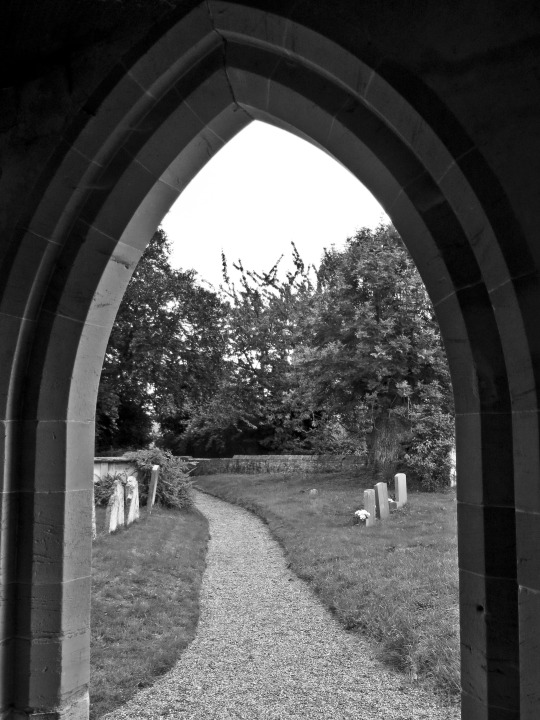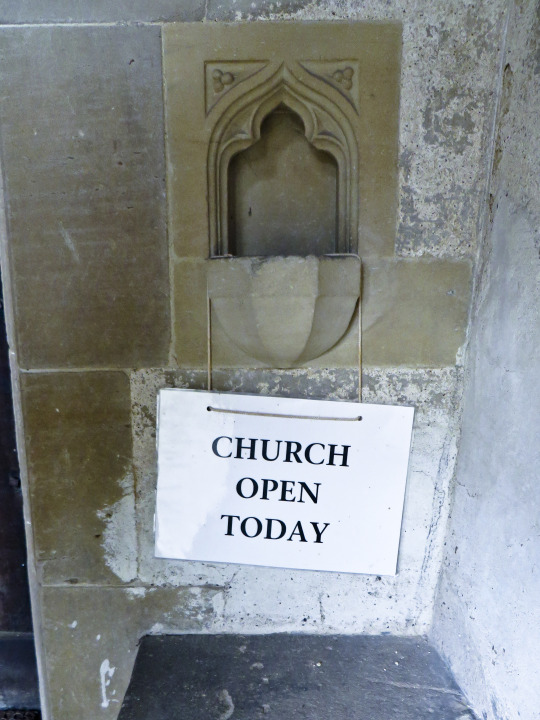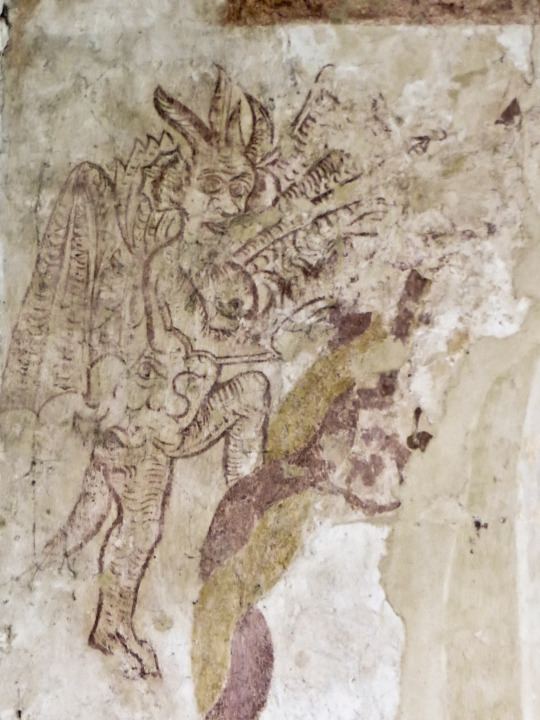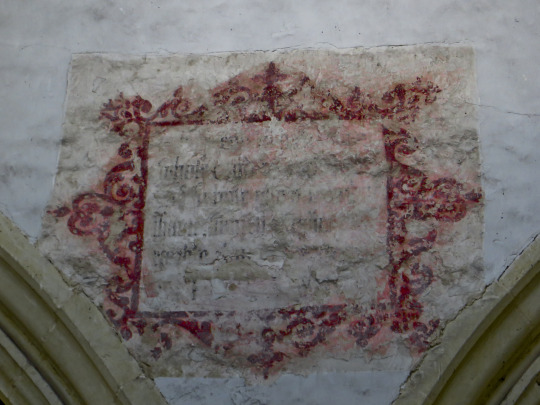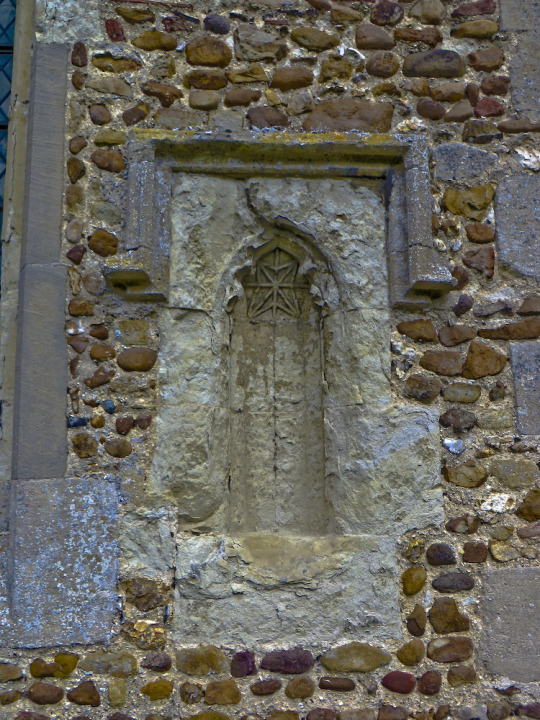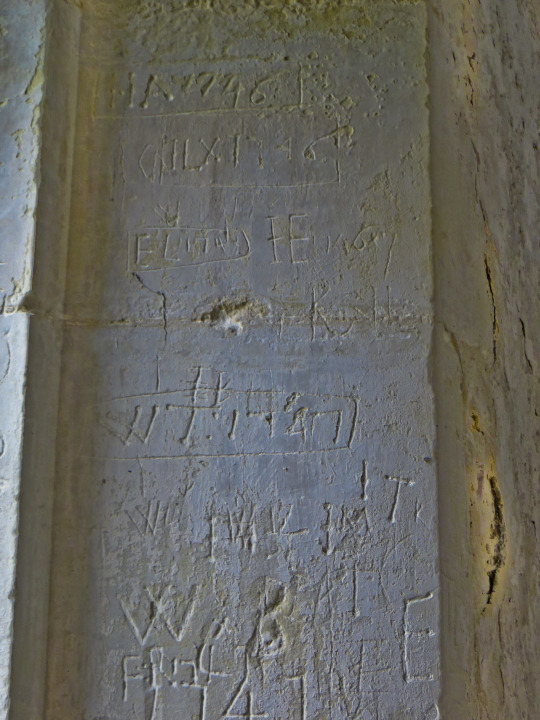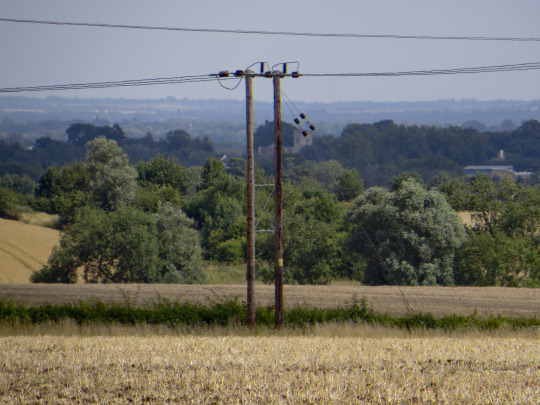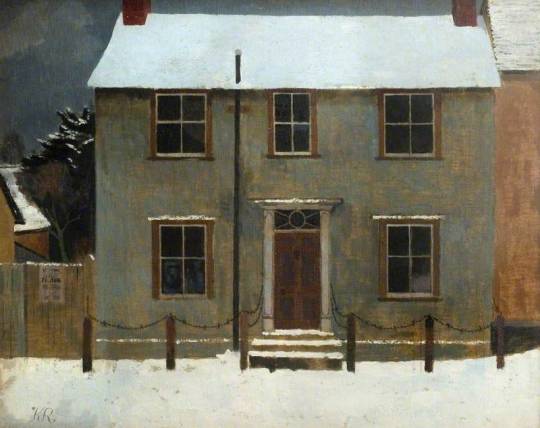
Kenneth Rowntree – Ethel House, Great Bardfield, 1942
In a previous post I featured the work of Walter Hoyle and his drawing of Little Saling Church in Bardfield Saling. In researching that I found the lovely paintings by Kenneth Rowntree below. The image above is Ethel House, Great Bardfield, where his friend Michael Rothenstein lived.
Rowntree trained at the Ruskin School of Drawing in Oxford, and then at the Slade in London. In 1939 he married the architect Diana Buckley. They associated with many of the modernist emigr architects in London at that time, and a strong architectural sense can often be felt in Rowntree’s work. He was a Quaker, and during the war became part of the ‘Recording Britain’ project, in which everyday life in wartime Britain was captured by a range of artists. When Diana became pregnant in 1941 they wished to move out of London, and Eric and Tirzah Ravilious found them a suitable house in Great Bardfield, close to the Bawdens’ home. Local churches provided a strong inspiration for much of his work here, but he also worked in London, Kent and Wales.
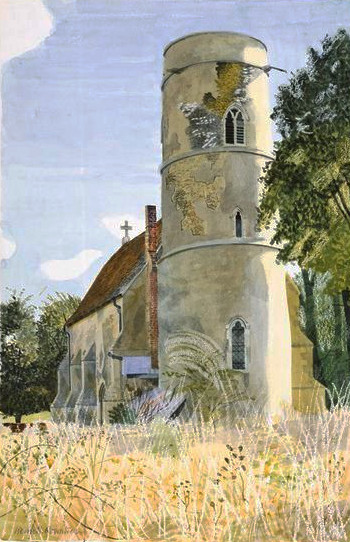
Kenneth Rowntree – SS Peter and Paul, Little Saling, Essex, 1942
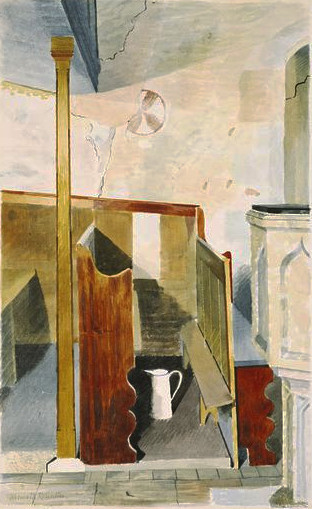
Kenneth Rowntree – Interior of SS Peter and Paul, Little Saling, Essex, 1942

Kenneth Rowntree – The Organ Loft, SS Peter and Paul, Little Saling, 1942
And here are two bonus pictures of nearby church in North End, again, inside and out.

Kenneth Rowntree – Exterior, Black Chapel North End, Nr. Dunmow, 1942
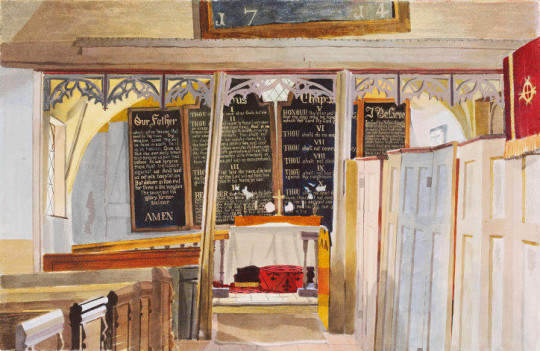
Kenneth Rowntree – Interior, Black Chapel, North End, near Dunmow, Essex, 1942
